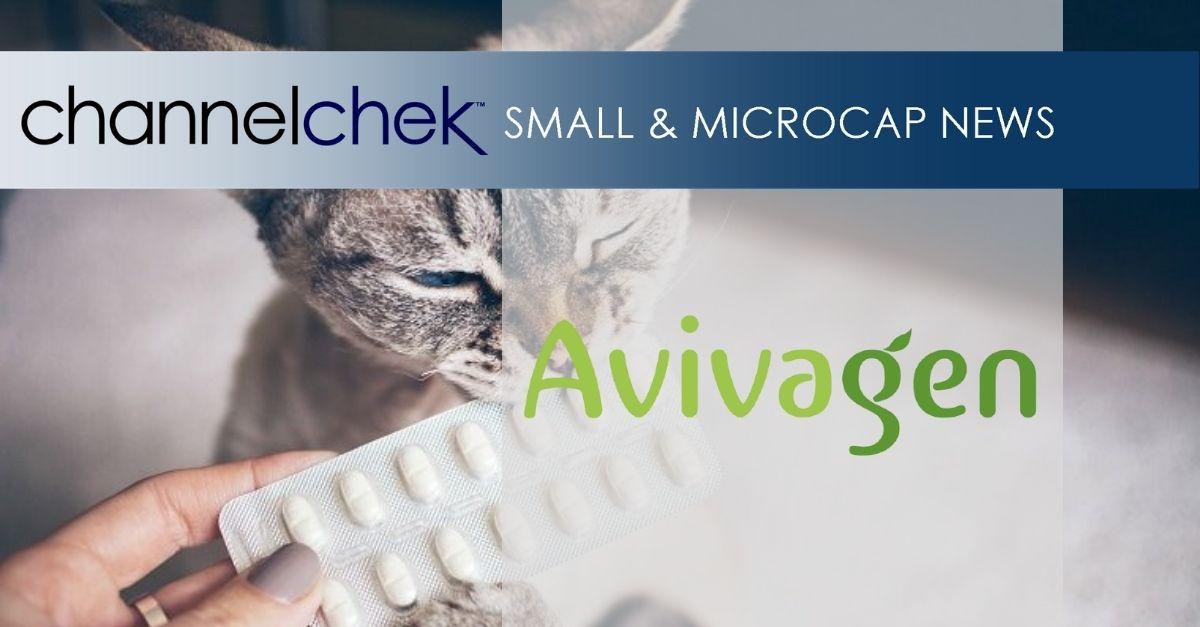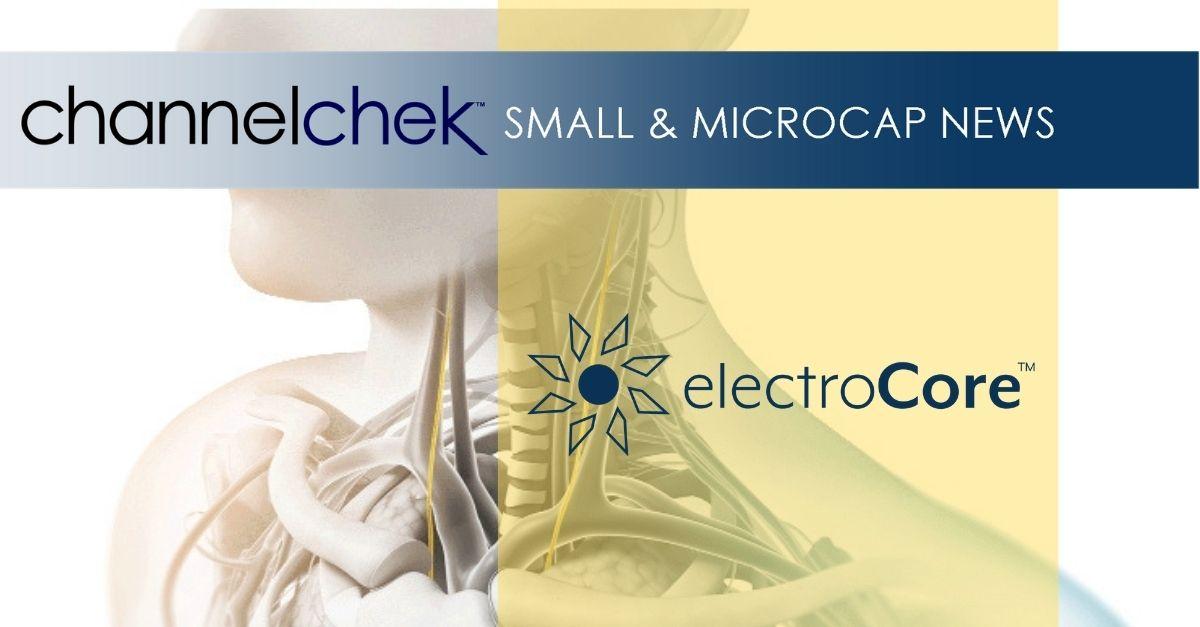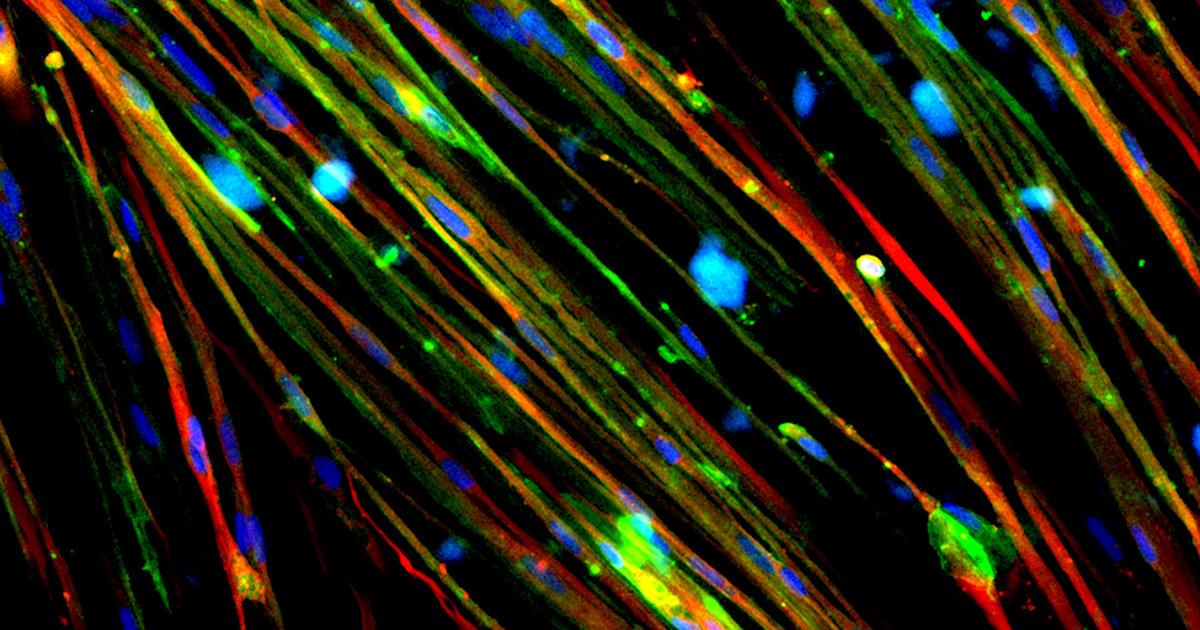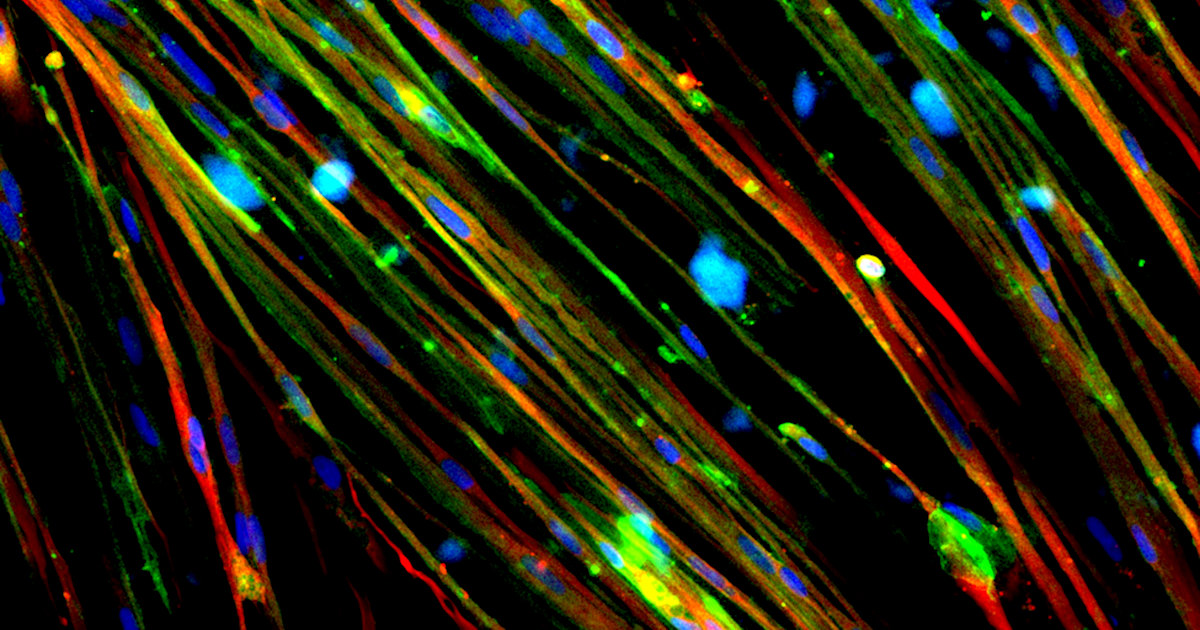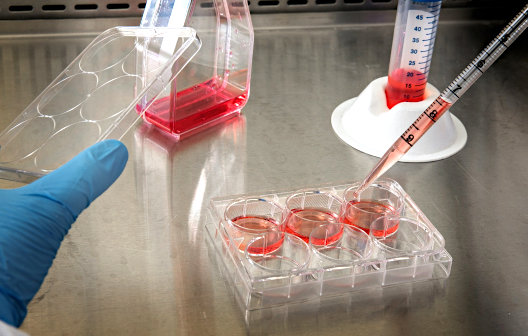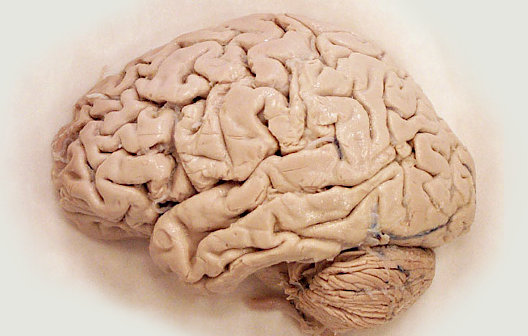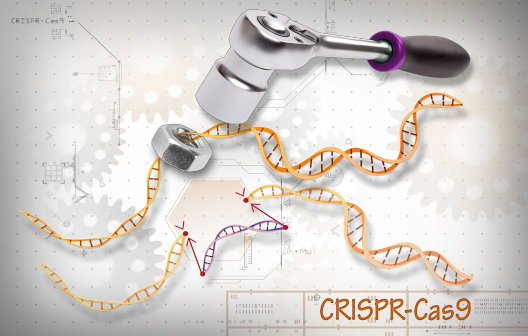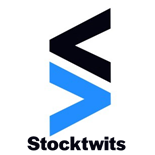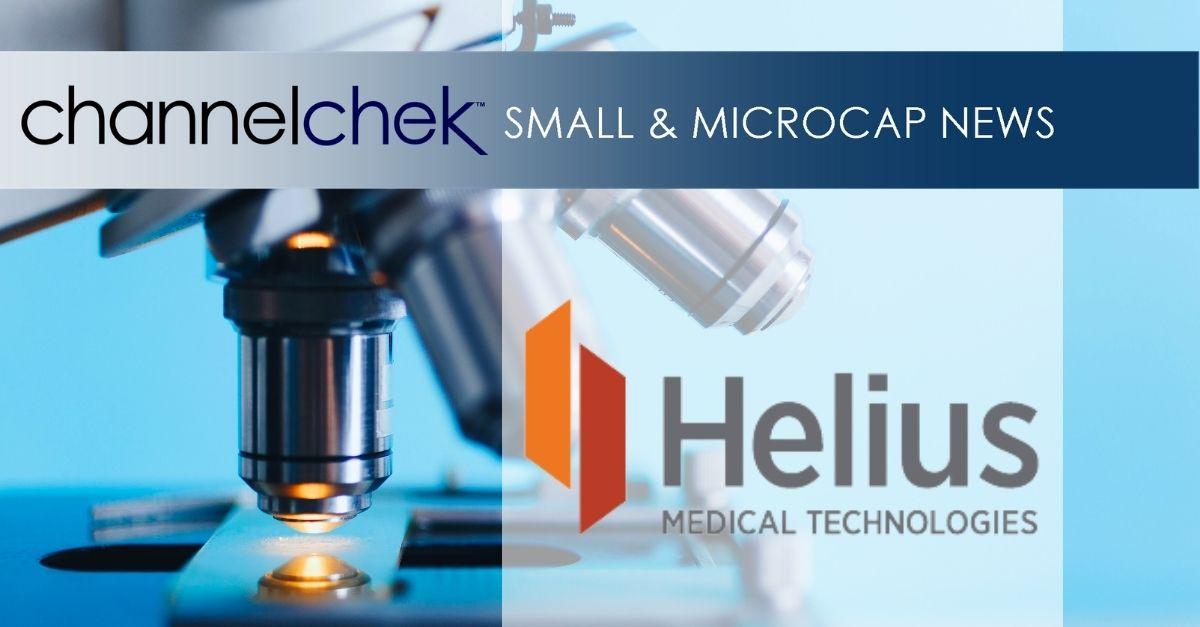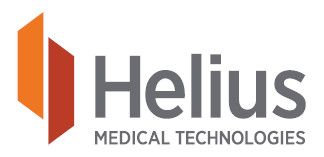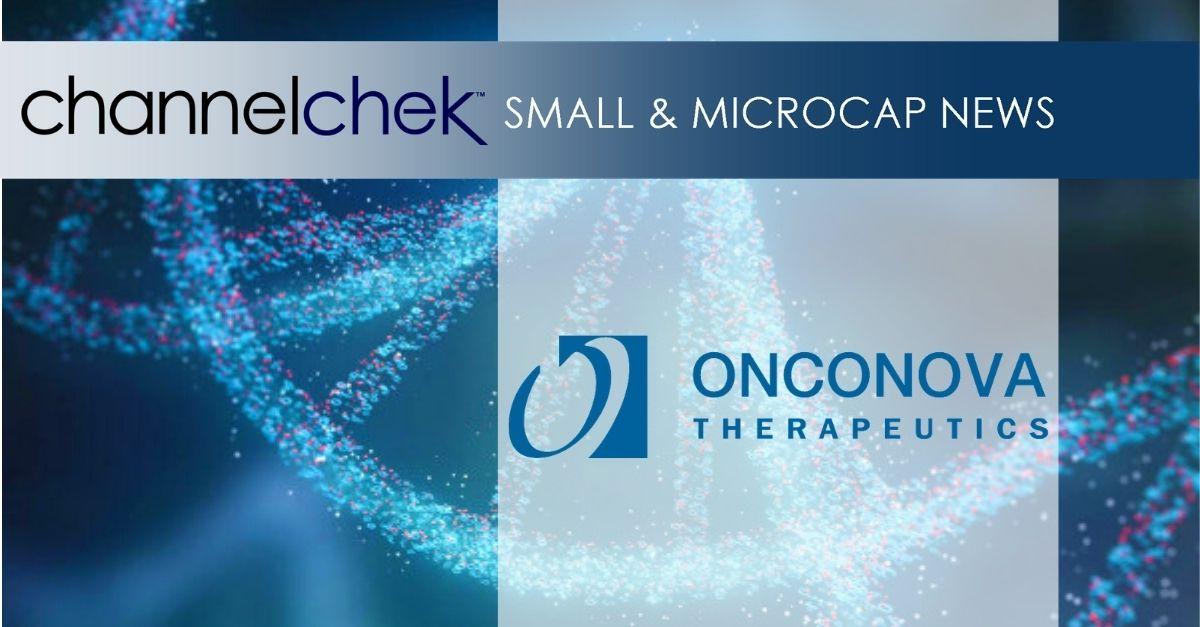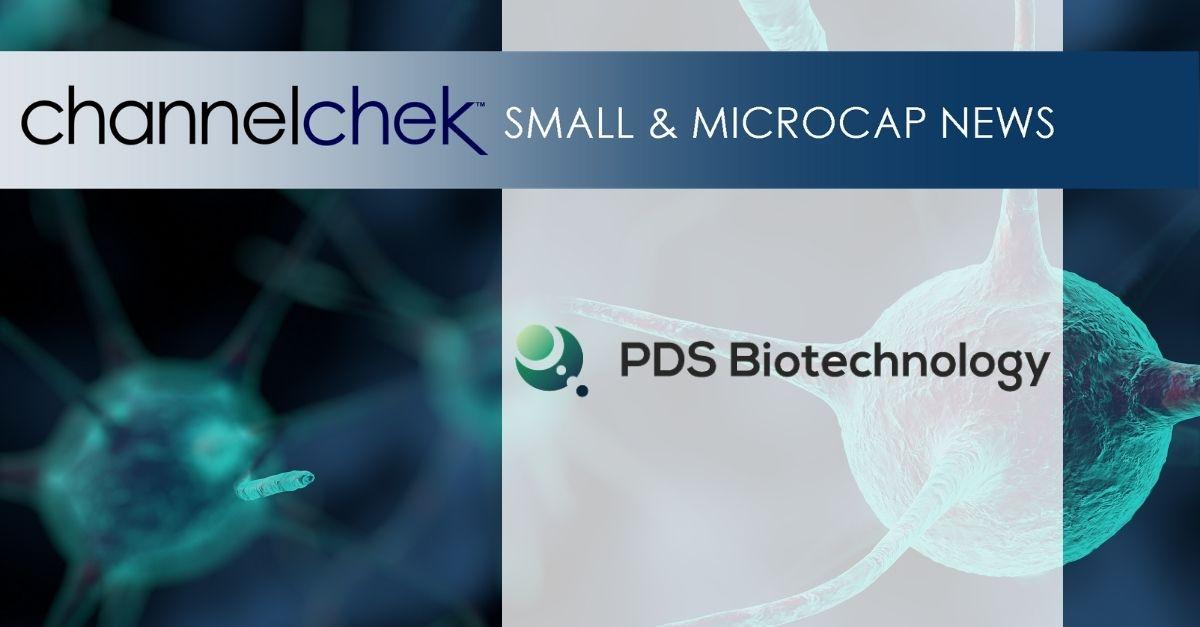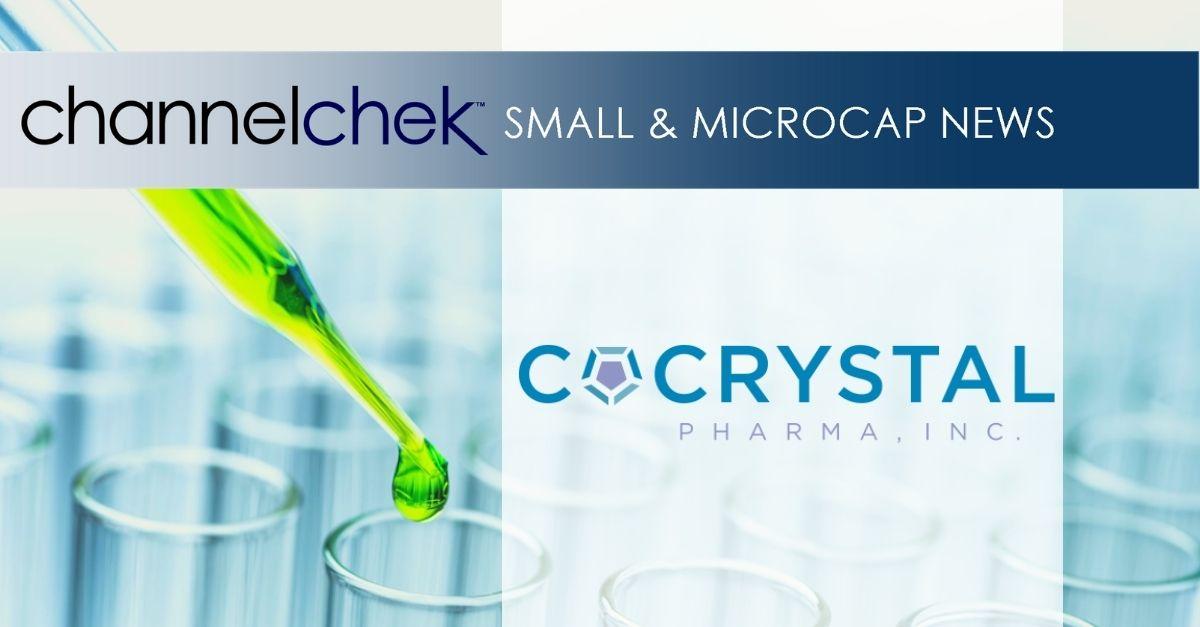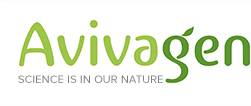
Avivagen Inc. Announces Results for the Second Quarter Ending April 30, 2021
• Record 64.5 tonne order for OxC-betaTM Livestock over 18 months
• New expansion efforts and customer wins in Central and South America
• Launch of first product for human health.
Ottawa, ON /Business Wire/ June 2, 2021/ Avivagen Inc. (TSXV:VIV, OTCQB:VIVXF) (“Avivagen”), a life sciences corporation focused on developing and commercializing products for livestock, companion animal and human applications that safely enhances feed intake and supports immune function, thereby supporting general health and performance, has announced its unaudited financial results for the second quarter of 2021.
Milestones achieved in Q2 2021 include:
• Secured its largest recurring order to date for OxC-betaTM Livestock, an 18-month contract at four tonnes per month for use in Mexico. The 64.5 tonne total order is the largest to date in both size and length of contract, and a direct result of the Meyenberg International Group agreement finalized in Q2.
• Selected Meyenberg International Group to spearhead expansion efforts in Central and South America.
• In conjunction with Mimi’s Rock Corp., announced the launch of Dr. Tobias Beta Blend on Amazon.com – Avivagen’s first product designed for human consumption.
• Announced the closing of its oversubscribed $7.5 million bought deal unit offering.
• Announced the publication of its New Zealand OxC-betaTM Livestock dairy trial for use against sub-clinical mastitis in the New Zealand Veterinary Journal, and its upcoming publication of research highlighting the benefits of OxC-betaTM Livestock for Broiler Poultry in Poultry Science.
Since the end of the quarter Avivagen also announced it had:
• Secured a new customer win in Western Mexico.
• Terminated its previous exclusive U.S. sales and distribution agreement and initiated discussions with potential partners to ramp up sales efforts in the lucrative region.
• Recorded its first order from Brazil, received on May 28, 2021.
• Secured first order with major swine and poultry producer in Thailand following numerous trials.
Second Quarter April 30, 2021, Financial Results
The Company’s unaudited Financial Statements for the second quarter ended April 30, 2021 and the accompanying Management’s Discussion and Analysis have been filed on the System for Electronic Document Analysis and Retrieval and are available via its website (www.sedar.com). The financial information for the second quarter ended April 30, 2021, should be read in conjunction with the Company’s unaudited Financial Statements as well as its Management’s Discussion and Analysis for the second quarter ended April 30, 2021.
The Company reported revenues of $159,614 ($29,625 in the quarter ending April 30, 2020) and a comprehensive loss of $(2,197,649) for the quarter ending April 30, 2021. This compares to a comprehensive loss in the quarter ending April 30, 2020 of $(1,393,497).
As reported in the statements of cash flows, the April 30, 2021 quarter comprehensive loss of $(2,197,649) consists of $1,181,373 in non-cashflow items such as share-based payment expense, depreciation, and adjustments to the Company’s ACOA loans. The Company reported $724,505 in interest accretion and adjustments related to the ACOA loans as a result of an increase in management’s estimate of future revenues. As noted, this ACOA adjustment is a non-cash adjustment in the quarter ending April 30, 2021.
The ACOA loans are interest-free and repayments are calculated as 10% of the future revenues and are payable on June 30th of each year. The carrying value has been discounted using a rate of 35% based on the expected timing and amounts of future repayments of the loans. Consequently, the carrying value of the ACOA loans requires regular assessment and adjustment based on management’s estimate of future revenues, with any adjustment being recorded as finance cost on the statement of comprehensive income with an equal increase in the ACOA debt liability on the statement of financial position. In light of the recent press releases announcing future and recurring order for customers in Mexico, Philippines, and Thailand, management increased its estimate of future revenues and therefore adjusted the carrying value of the ACOA loans accordingly.
The Company’s working capital increased by $949,353 as management invested in additional volumes of inventory to support future sales and increased prepaids expenses and trade receivables.
As at April 30, 2021, the Company reported total assets of $5,985,104 (current assets of $5,675,117), total liabilities of $7,163,307, and shareholders’ deficit of ($1,178,203).
Significant financing inflows during the quarter ending April 30, 2021, was an offering of 15,000,000 units of the Company at $0.50 per unit for aggregate gross proceeds of $7,500,000. The offering closed on February 16th, 2021.
Each unit consisted of one common share in the capital of the Company (each a “Common Share”) and one half of one Common Share purchase warrant (each whole warrant, a “Warrant”). Each Warrant will be exercisable to acquire one Common Share until February 16, 2024 at an exercise price of $0.75 per share. The net proceeds of the Offering have been and will be used to fund research and development expenses, sales and marketing costs, product registration, interest expense, working capital and general corporate purposes.
About Avivagen
Avivagen is a life sciences corporation focused on developing and commercializing products for livestock, companion animal and human applications that, by safely supporting immune function, promote general health and performance. It is a public corporation traded on the TSX Venture Exchange under the symbol VIV and is headquartered in Ottawa, Canada, based in partnership facilities of the National Research Council of Canada. For more information, visit www.avivagen.com. The contents of the website are expressly not incorporated by reference in this press release.
About OxC-beta™ Technology and OxC-beta™ Livestock
Avivagen’s OxC-beta™ technology is derived from Avivagen discoveries about ?-carotene and other carotenoids, compounds that give certain fruits and vegetables their bright colours. Through support of immune function the technology provides a non-antibiotic means of promoting health and growth. OxC-beta™ Livestock is a proprietary product shown to be an effective and economic alternative to the antibiotics commonly added to livestock feeds. The product is currently available for sale in the United States, Philippines, Mexico, Taiwan, New Zealand, Thailand, Brazil, Australia, and Malaysia.
Avivagen’s OxC-beta™ Livestock product is safe, effective and could fulfill the global mandate to remove all in-feed antibiotics as growth promoters. Numerous international livestock trials with poultry and swine using OxC-beta™ Livestock have proven that the product performs as well as, and, sometimes, in some aspects, better than in-feed antibiotics.
Forward Looking Statements
This news release includes certain forward-looking statements that are based upon the current expectations of management. Forward-looking statements involve risks and uncertainties associated with the business of Avivagen Inc. and the environment in which the business operates. Any statements contained herein that are not statements of historical facts may be deemed to be forward-looking, including those identified by the expressions “aim”, “anticipate”, “appear”, “believe”, “consider”, “could”, “estimate”, “expect”, “if”, “intend”, “goal”, “hope”, “likely”, “may”, “plan”, “possibly”, “potentially”, “pursue”, “seem”, “should”, “whether”, “will”, “would” and similar expressions. Statements set out in this news release relating to Avivagen’s expectations as to future growth and results, the anticipated continuation of shipments to customers based on recurring orders, future plans for sales in the United States, the planned use of proceeds of the financing discussed above, Avivagen’s expectations as to growth in demand for Avivagen’s products, the possibility for OxC-beta™ Livestock to replace antibiotics in livestock feeds as well as fill a critical need for health support in certain livestock applications where antibiotics are precluded and the size of market opportunities are all forward-looking statements. These forward-looking statements are subject to a number of risks and uncertainties that could cause actual results or events to differ materially from current expectations. For instance, initial orders may not result in new orders for Avivagen’s products, despite receipt of the purchase order timing, delivery or fulfilment of orders of product could be delayed for a number of reasons, some of which are outside of Avivagen’ s control, which could result in anticipated revenues from such sales being delayed or in the most serious cases eliminated, actions taken by Avivagen’ s customers and factors affecting the business and financial viability of Avivagen’ s customers can have a negative impact on the expectation of future sales and revenues, customer plans may change due to many reasons, demand for Avivagen’s products may not continue to grow and could decline, Avivagen’s products may not gain market acceptance or regulatory approval in new jurisdictions or for new applications and may not be widely accepted as a replacement for antibiotics in livestock feeds, in each case due to many factors, many of which are outside of Avivagen’s control. Readers are referred to the risk factors associated with the business of Avivagen set out in Avivagen’s most recent management’s discussion and analysis of financial condition available at www.SEDAR.com. Except as required by law, Avivagen assumes no obligation to update the forward-looking statements, or to update the reasons why actual results could differ from those reflected in the forward-looking statements.
Neither TSX Venture Exchange nor its Regulation Services Provider (as that term is defined in the policies of the TSX Venture Exchange) accepts responsibility for the adequacy or accuracy of this release.
For more information:
Avivagen Inc.
Drew Basek
Director of Investor Relations
100 Sussex Drive, Ottawa, Ontario, Canada K1A 0R6 Phone: 416-540-0733
E-mail: d.basek@avivagen.com
Kym Anthony
Chief Executive Officer
100 Sussex Drive, Ottawa, Ontario, Canada K1A 0R6 Head Office Phone: 613-949-8164
Website: www.avivagen.com
Copyright © 2021 Avivagen Inc. OxC-beta™ is a trademark of Avivagen Inc.
